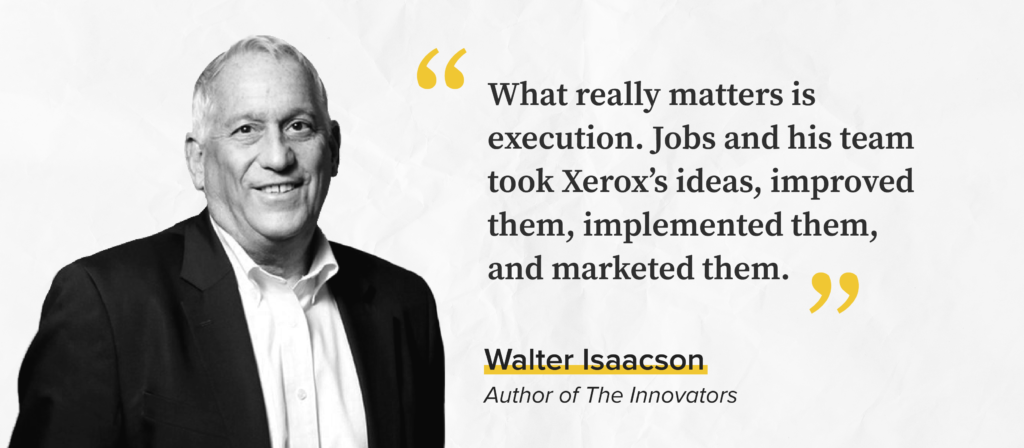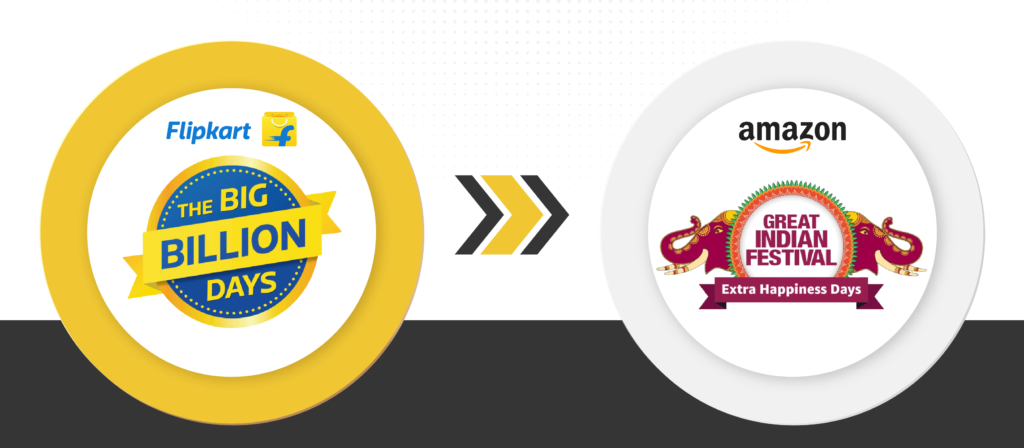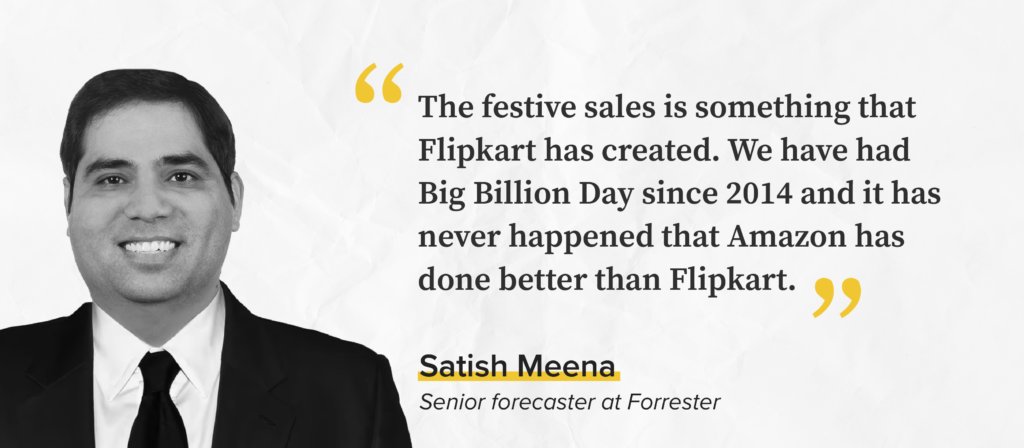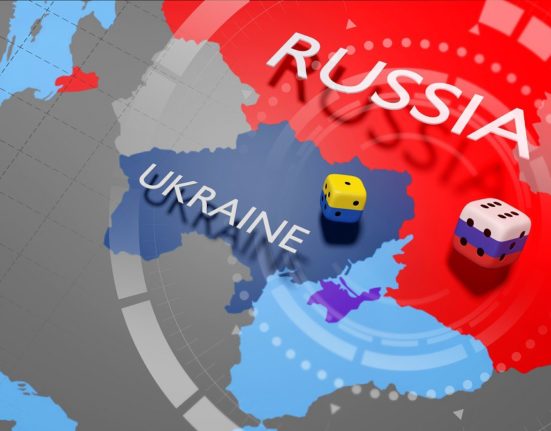The word “copycat” is almost never used positively — it refers to a lack of critical thinking and originality. Despite that, it’s sometimes a very lucrative option to take.
Copycats exist in all realms and always have. The Romans repurposed Greek religion and called it their own. Today, we live in a world where movie remakes do just as well, if not better, than the originals.
When we refer to copycats in the world of business, you probably think of the brands pictured above.
These brands are a dime a dozen. Let’s call these the “Ctrl+C Ctrl+V” type of copycats. Lazy imitations of successful brands with a few letters deleted and logos subtly photoshopped.
However, when we talk about copycats, we aren’t referring to the above. We’re talking about companies that see a product and think, “I can do that better”.
Think Lamborghini, which was born out of frustration with the way Ferrari was designing engines. Or Puma, which only exists because Rudolf was convinced he could make better shoes than his brother Adi, the founder of Adidas.
Innovation vs Imitation
Innovation is often touted as a prerequisite for success in business schools. But innovation is hard, time-consuming, and expensive.
When we think of innovative products that revolutionized our world, we suffer from survivorship bias and disregard the millions of innovations that did not work. First-mover advantage doesn’t always translate to success – because sometimes, it’s not about being first but being better. The novelty of a product wears off quickly, and people start looking out for something nicer or cheaper (or both).
Studies show that returns from innovation and first-mover advantage are overrated. They add value, sure, but not to the extent we assume. It is frequently the second or third imitator who outperforms the innovator.
Let’s take Apple as an example.
Apple is considered the messiah of innovation today, but we’ve all heard about how Mac’s GUI was copied from Xerox. In his book, ironically named ‘The Innovators’, Walter Isaacson says “what really matters is execution. Jobs and his team took Xerox’s ideas, improved them, implemented them, and marketed them”. In fact, Apple did not invent the digital music player (Saehan’s MPMan), the cellular phone (Motorola), or the tablet computer (Linus Technologies).
But so what?
It is the most valuable company in the world because of the way it does things – combining top-notch performance with flawless design.

According to Oded Shenkar, Professor of Management at the Fisher College of Business, imitation is not mindless repetition, but an intelligent search for cause and effect. This means taking a product, seeing what worked (and didn’t work), and doing it better. Or more simply, learning from other people’s mistakes.
Recognising what is of enough value to imitate is a skill in itself – ‘imitation’ might not be as easy as it seems.
Imitation is easy. Good imitation is hard.
According to the Ivey Business Journal, there are three types of Imitators:

Let’s take a look at an example of each of these categories.
1. The Pioneer Importer
Taking on the giants: Flipkart vs. Amazon
Pioneer importers see a product and think about how they can bring it to their industry or country. Back in 2016, “Uberification” became a legitimate term when people started imitating Uber’s business model (on-demand service and low capital expenditure) and applying it to their businesses.
There are many instances of successful international brands being adapted for the Indian market. Like Groww taking inspiration from Robinhood to “democratize investing” and Moj and Josh filling the gap left by Tiktok’s exit from India. In many cases, these brands have outperformed their foreign counterparts. Swiggy and Zomato ran UberEats out of India while Hotstar has way more viewership than Netflix.
The advantage that these brands have, of course, is that they know the market very well. Let’s take a closer look at one such company, Flipkart.

Flipkart was started by two former Amazon employees who saw an opportunity to build a similar online marketplace for the Indian audience. They started by selling books online exactly like Amazon, only six years before it entered the market. After securing funding, Flipkart expanded to different categories.
The advantage Flipkart has over Amazon is its deeper understanding of the average Indian consumer. When it started, online shopping was at a nascent stage in India and most customers were hesitant about e-commerce. Flipkart introduced the option of cash on delivery which reduced buyer risk, reassured customers, and grew their user base.
Their other insight was that Indians love to shop during festivals. It introduced a shopping festival titled Big Billion Day during Diwali 2014. Later, Amazon would launch its own shopping festivals around the same time, but it has allegedly never shown the same returns.

Much like Uber, which is only present in 58 cities compared to Ola’s 250, Amazon targets buyers from high-income households in tier 1 cities. Flipkart on the other hand has a wide customer base in tier 2 and 3 cities as well. It offers mass market and value products that appeal to this audience and ties up with regional celebrities and influencers for marketing. Since this is a segment largely ignored by Amazon, Flipkart does much better here.
2. The Fast second
Fast second in fast fashion: Zara vs. high street fashion brands
This type of imitator sees a company doing well and immediately starts selling whatever it is they sell. If you visit a popular street food stall in your neighborhood, you will probably notice many copycats close by selling the exact same dish hoping to poach some customers.
The same can be seen in the Android phone market where you will find many cheap Chinese phones that look exactly like whatever Apple or Samsung model is out at the time. The value generated by a great idea is often captured by these copycats who spend less time on perfecting ideas and more time on selling them.
That is how the fast-fashion brand Zara works. Its strategy is not to be the first to market or to spend time and money on R&D. Instead, it creates affordable versions of high-end fashion a few weeks after their release. Its branding and store locations, which are often in high street retail areas, give shoppers the sense that they are getting runway styles at affordable rates. This strategy has made Zara very successful – it is currently the largest company in Inditex Group’s portfolio, which in turn is the largest clothing retailer in the world.
But anyone can make cheap imitations of high fashion brands. What makes Zara so successful?
Zara’s in-house production and strong distribution network allow it to be flexible with the amount, frequency, and variety of its products. They analyse trends across hundreds of stores in real-time, cataloguing how much of each product is being purchased and where. This way they can quickly discontinue lines that are not working and spot emerging trends to double down on.
Zara also tries to create a sense of exclusivity by producing only a limited quantity of each style. This creates an artificial scarcity which only makes the brand more desirable in the eyes of the consumer. Most consumers don’t equate Zara with other fast fashion brands like H&M and Forever21 and it is considered upscale even though there is nothing in its quality or design to suggest it is.
3. The Overtaker
How the cookie crumbles: Oreo vs. Hydrox
In this approach, the imitator takes the time to study a company, sees how it could be doing things better, and then introduces a similar product with a few differentiating factors.
Here we can take the example of Diners Club, one of the early movers in the credit card industry. The company worked very hard to make credit cards a viable product by working to convince banks and sceptical consumers to adopt them. Then after putting in all the groundwork, it was quickly overtaken by Visa, Mastercard, and American Express. Similar stories exist in the world of electric vehicles and cryptocurrencies – where the success of Tesla and Bitcoin has given rise to a spate of copycats who differentiate their offerings in subtle ways.
But let’s study the story of the humble Oreo cookie. Oreo is actually a copycat of a cookie called Hydrox which was created in 1908 by Sunshine Biscuits. Hydrox was the original crunchy chocolate biscuit with a sweet cream centre.
For decades Hydrox and Oreo competed against each other for market share. But today, while Oreo is a household name across the world, barely anyone has heard of Hydrox. In fact, Hydrox is often considered to be an off-brand Oreo.
Many insist that Hydrox tastes much better than an Oreo. So what could be the reason for Oreo’s success?
While Oreo started as an imitation, the company never stopped innovating. It introduced new flavours like peanut butter, cookie dough, red velvet, brownie, lemon, banana split, and even watermelon! It tied up with brands like McDonald’s and Supreme. It ran aggressive ad campaigns telling consumers how to eat it – “twist, lick, and dunk”. It introduced variants like the Double Stuf and a glitter-filled version during the pandemic.
But market analysts think that the real reason the copy did better than the original was all in the name. Hydrox just doesn’t sound like an appetizing cookie, whereas the name Oreo nailed it!
Imitation is more than just flattery
The success of a copycat depends on how well they imitate. Knowing what to copy and what to leave out, how to translate an idea into a different market, and how to improve upon something that has already proven itself are all important skills. As important as innovation is, it is also important to keep track of what is happening in the world. Look outside your industry and geography and see what is making waves. Actively search for ideas instead of waiting for one to prove its success. Then go out and disrupt the innovators by doing what they do better or cheaper or both.







